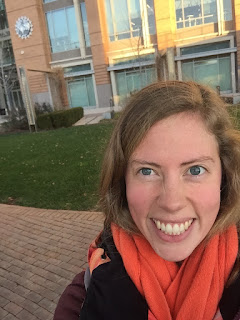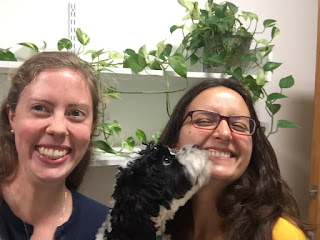Desert island
If you were stranded on a desert island, what would you want with you? It's a classic question. I've given various answers to the thought experiment over the years, but I finally settled on a definitive answer about 2 years ago. If I'm on a desert island, the #1 thing I want is...my dive gear. You see, I've actually been to a desert island . It's called Bonaire, and it's in the Caribbean. Bonaire is incredibly dry, filled with cactuses and barren landscapes - a true desert - and the lack of rain means there is very little sediment runoff to the surrounding ocean. As a result, the waters around Bonaire are crystal clear, and coral reefs thrive here . The western side of Bonaire is essentially one giant marine park. You can drive along the coastal road, pull off at any number of painted stone markers , and waddle into the water for an amazing dive. Bonaire is known as the "shore diving capital of the world." I'm spending Christmas in Bonaire with





